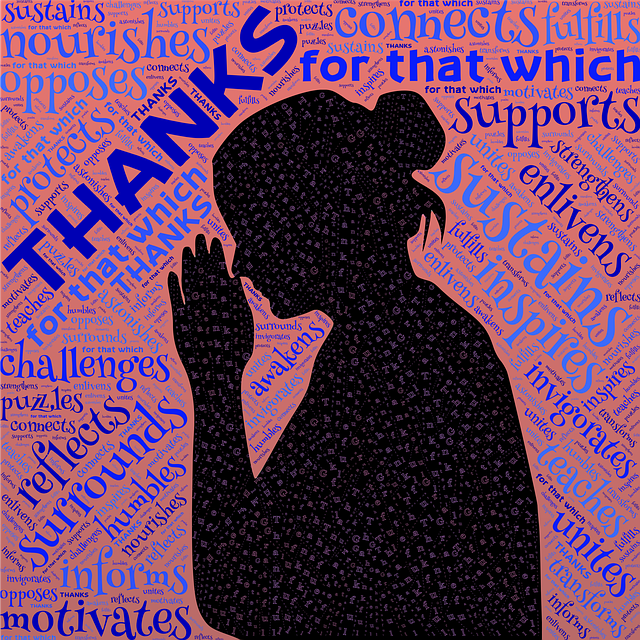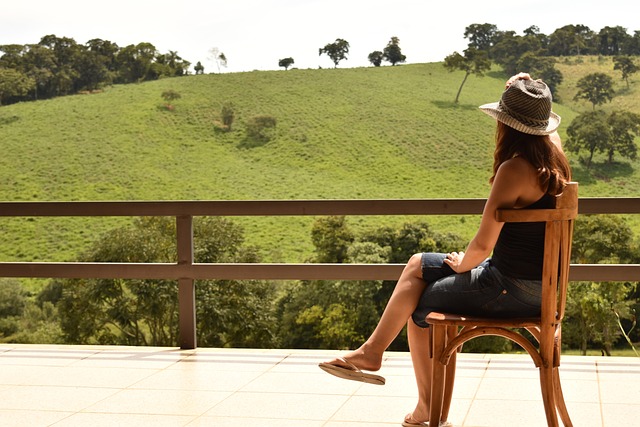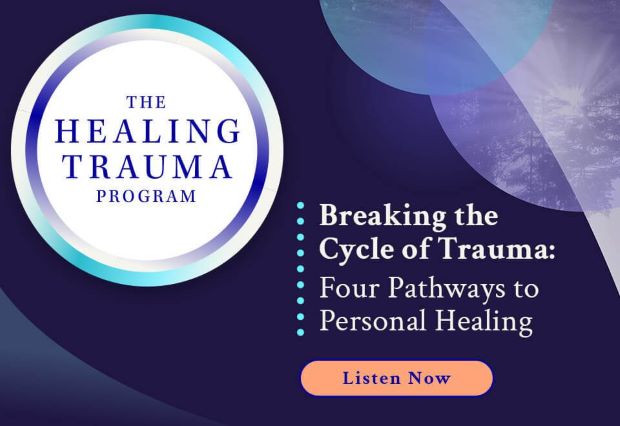Dr. Aimie Apigian recently conducted a masterclass on the theme, How to Help the Body Live, Love and Let Go. Her guest speaker for the interactive session was Dr. Gabor Maté, world-leading trauma physician and author of In the Realm of Hungry Ghosts: Close Encounters with Addiction. Together they shared their clinical experiences and research and highlighted the lessons learned about the trauma-disease connection.
Gabor highlighted the impact of trauma on the body, reflecting the unity of mind and body. He emphasised that the body is inseparable from all aspects of human existence, including the ecological and social environment. He maintained that his new book, The Myth of Normal, provides insight into the lessons he has learned from “working with trauma in the body”. In writing the book he also drew on thousands of articles and newspaper reports.
Gabor contends that everyone has experienced some form of traumatic experience and that trauma embedded in the mind and body contributes to chronic illness. In his view, healing begins with waking up to the body’s sensations as well as to “what the mind is suppressing”. It is increasingly acknowledged that trauma is not the precipitating experience/event itself but the negative impact on a person’s mind, body and emotions – how the experience/event is internalised.
The early experience of Aimie
In responding to Gabor’s question about what motivated Aimie to study diverse medical fields and to get into trauma healing, she told the story of her early experience in adopting 4 year old Miguel from the foster care system. He had extreme behavioural problems and in his rages would try to kill Aimie. Caring for Miguel and undertaking her third year residency as a doctor resulted in “severe fatigue”. It was then that Aimie came across Gabor’s book, When the Body Says No: The Cost of Hidden Stress – the title of his YouTube presentation where he discusses the trauma-disease connection resulting from the unity of mind and body.
Aimie’s response to her own trauma-induced health issues was to try to understand Miguel’s behaviour and her own mind/body response. She undertook training in trauma healing and somatic healing through her functional medicine studies. Aimie also completed master’s degrees in biochemistry and public health as well as “specialized training in neuro-autoimmunity, nutrition, and genetics for addictions, mental health, mood, and behavioural disorders”. Her book on The Biology of Trauma looks at trauma’s impact at the cellular level and explores approaches to holistic healing from trauma. The title of her book is also the theme of her podcasts and the focus of her training for other health professionals.
Trauma’s impact
Both Aimie and Gabor stressed the holistic impact of trauma on a human being. They described how someone who has experienced trauma develops a disconnection from themselves and their bodies. In their view, trauma leads to a degeneration of the nervous system, a loss of energy and emotional issues such as depression and anxiety. They point out that the various systems of the body are interconnected and interdependent – so trauma can affect the gut, the cardio-vascular system and the emotional system.
Reflection
As Aimie points out, trauma may result from adult experiences, not just adverse childhood experiences. She emphasised that given trauma’s influence on the whole person – body, mind and emotions – a range of healing modalities may be necessary. For this reason she has undertaken extensive trauma training including Somatic Experiencing, Sociometric Relational Trauma Repair, NeuroAffective Touch and the Instinctual Trauma Response Model.
Mindfulness has a key role to play in healing from trauma. As we grow in mindfulness, we can calm our nervous system, reduce our negative self-stories, get in touch with our bodies and build the resilience to restore our health – thus, gradually breaking the trauma-disease connection.
Aimie offers a 6 week online program, The Foundational Journey, designed to provide a safe way to open up “stored trauma”. The evidence-based program has a strong emphasis on the mind-body connection and provides tools that include somatic healing.
___________________________________________
Image by Daniel R from Pixabay
By Ron Passfield – Copyright (Creative Commons license, Attribution–Non Commercial–No Derivatives)
Disclosure: If you purchase a product through this site, I may earn a commission which will help to pay for the site, the associated Meetup group and the resources to support the blog.










